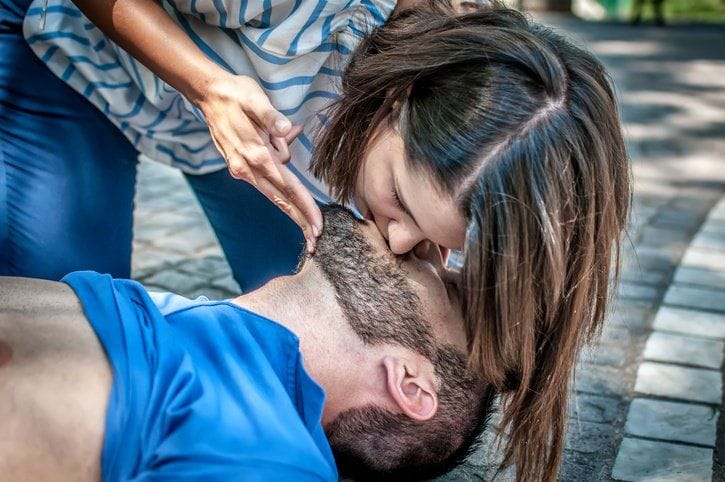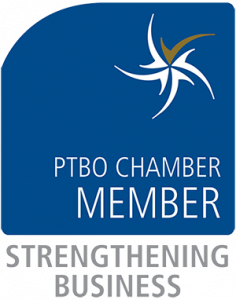
In a medical emergency, a sense of panic is inevitable. It’s such a rare occurrence in everyday life, and it can be difficult to know the right course of action to follow. In these situations, the pre-hospital emergency care paramedics provide can be the difference between life and death, especially when it comes to properly delivering cardiopulmonary resuscitation (CPR).
CPR is a means of preserving a person’s life by providing artificial air, helping to pump blood around the body when the heart isn’t functioning properly and activate the lungs. It’s a simple but effective way of saving lives when more sophisticated hospital equipment isn’t available. Let’s take a closer look at why it’s a vital part of a paramedic’s skill set.
Paramedics Know the Right Time to Use CPR as a Life Saving Method
CPR is used when a person is in cardiac arrest, which is the result of a problem in the heart that prevents it from pumping blood to the brain and body, thus putting the person’s life at imminent risk. Cardiac arrest causes unconsciousness, and a partial or complete stop to a patient’s breathing. As paramedic course graduates know, those in cardiac arrest will die if CPR isn’t promptly administered, while permanent brain damage can occur if it is starved of oxygen for only a couple of minutes.

Paramedics should check the victim’s breathing before applying CPR
It’s important to note the distinction between cardiac arrest and other pulmonary issues. For instance, heart attacks occur due to blood circulation problems, but victims usually remain conscious throughout. CPR is not suitable for this type of medical emergency, and victims should instead be kept calm before receiving alternative treatment.
Effective CPR Technique can be Mastered by Following Simple Steps During an EMT Course
Once it has been determined that CPR is the best course of action, the person should be laid on his/her back, with their head tilted back to lift the chin. Those administering treatment should place their hands on top of each other on the middle of the chest before pushing hard and fast at 100 compressions per minute. The tempo of the chorus in the Bee Gees classic hit, Stayin’ Alive, is often cited as the recommended rhythm to follow.

Keep the head tilted back while administering mouth-to-mouth resuscitation
Two rescue breaths should be administered after each set of 30 compressions. This is done by pinching the nose shut, and placing your mouth over the victim’s mouth to create a complete seal. The chest should rise after both breaths, but the person could be choking if that doesn’t occur. CPR can be halted once the person regains consciousness, which is signaled by breathing, coughing, speech or bodily movement.
CPR can be Adapted to Suit Certain Medical Circumstances
The same technique still applies for children, but students on an EMT course will learn that a slight adaptation is needed for infant treatment, in which paramedics apply chest compressions with two fingers rather than their hands because the patients’ bodies are more fragile.
Compression-only CPR doesn’t involve the administration of artificial mouth-to-mouth breathing, and is seen as an acceptable alternative to conventional CPR. Compressions (100 per minute) still help to circulate oxygen around the body by pumping the heart, and can be used on adults who suddenly collapse, as they may still have some oxygen in their body. However, it should be avoided as a response to drowning incidents.
Want to help to save lives by enrolling in a paramedic program?
Find out more about the unparalleled training on offer at Oxford College.






